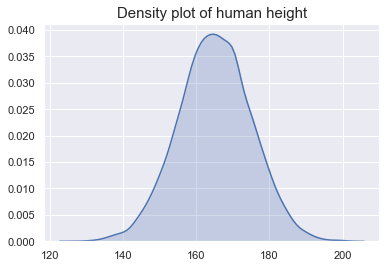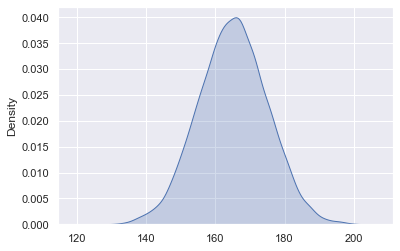Who is Bayes? What is Bayes?
Bayesian Data Analysis in Python

Michal Oleszak
Machine Learning Engineer
Who is Bayes?

1 Public Domain, https://commons.wikimedia.org/w/index.php?curid=14532025
Should you take your umbrella?


What is Bayes?
- Bayesian inference means updating one's belief about something as the new information becomes available.
What is Bayes?
Bayesian inference means updating one's belief about something as the new information becomes available.
It is quite different from the classical approach.
| Frequentist (classical) approach | Bayesian approach | |
|---|---|---|
| probability | ||
| parameters |
What is Bayes?
Bayesian inference means updating one's belief about something as the new information becomes available.
It is quite different from the classical approach.
| Frequentist (classical) approach | Bayesian approach | |
|---|---|---|
| probability | proportion of outcomes | degree of belief |
| parameters |
What is Bayes?
Bayesian inference means updating one's belief about something as the new information becomes available.
It is quite different from the classical approach.
| Frequentist (classical) approach | Bayesian approach | |
|---|---|---|
| probability | proportion of outcomes | degree of belief |
| parameters | fixed values | random variables |
It pays to go Bayes!
- Natural handling of uncertainty (because parameters have distributions!).
- Possibility to include expert opinion or domain knowledge in the model (because probability means the degree of belief!).
- No need to rely on fixed constants such as p-values.
- Statistically correct even with little data.
- Often coincides with frequentist results, but offers more flexibility to build custom models.
Probability distributions
- A distribution of a random variable specifies what values this variable can take, and with what probabilities.
- Can be discrete (finite set of possible values) or continuous (infinitely many possible values)
- Continuous distributions can be visualized on a density plot.

Distributions in Python
print(draws)
[146.58686154393, 159.40688614250, ..., ]
print(len(draws))
10000
import matplotlib.pyplot as plt
import seaborn as sns
sns.kdeplot(draws, shade=True)
plt.show()

Let's go Bayes!
Bayesian Data Analysis in Python

